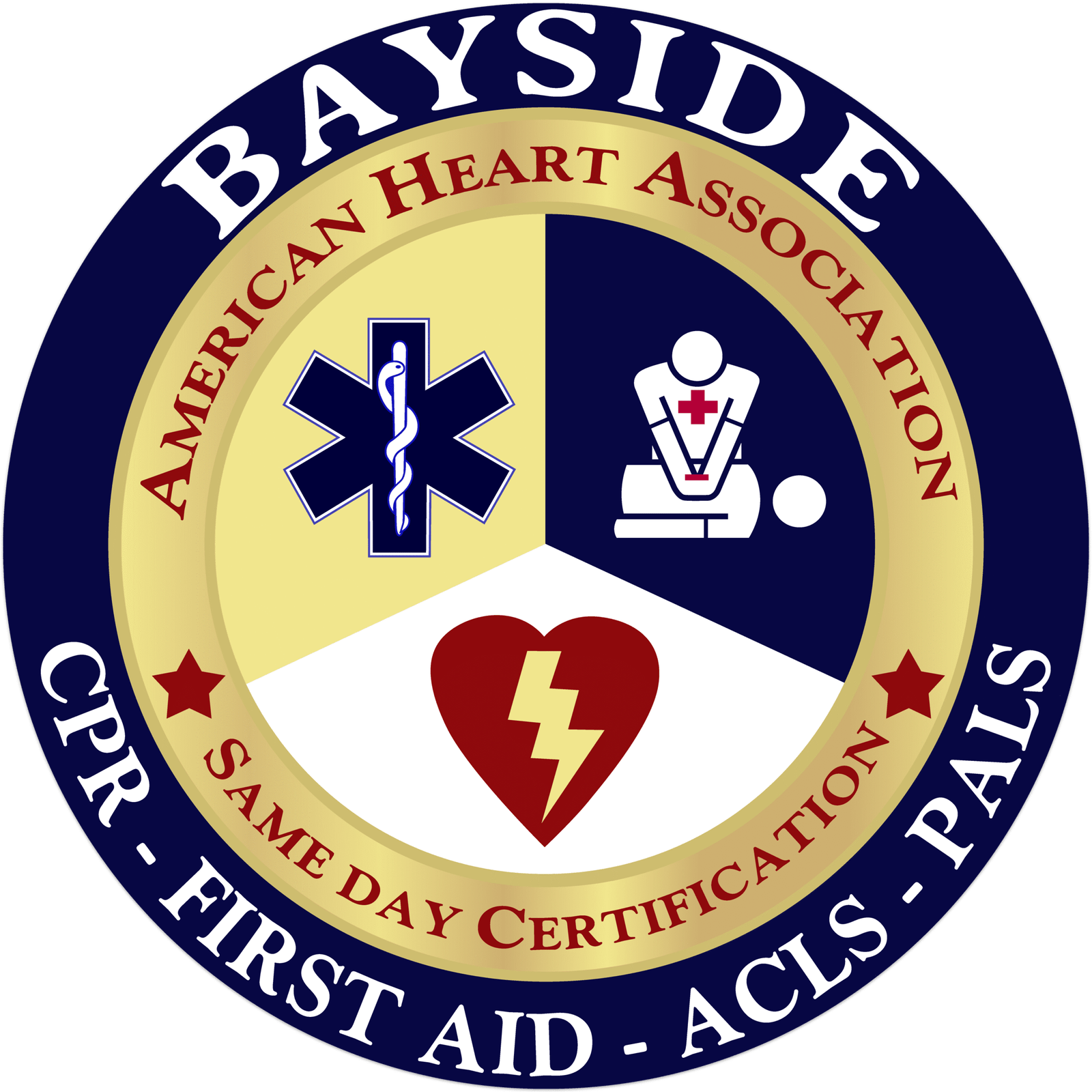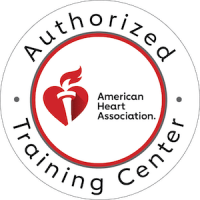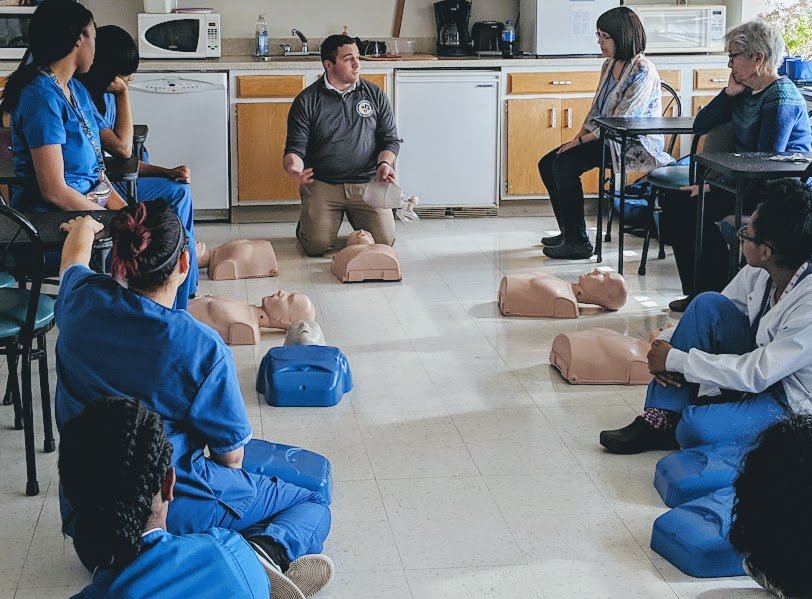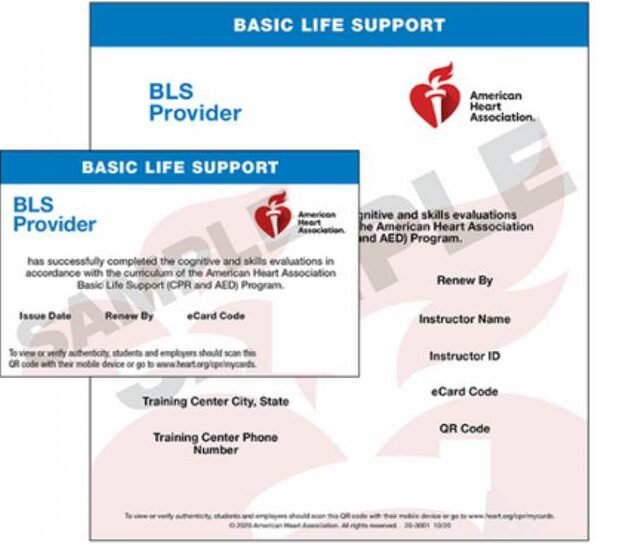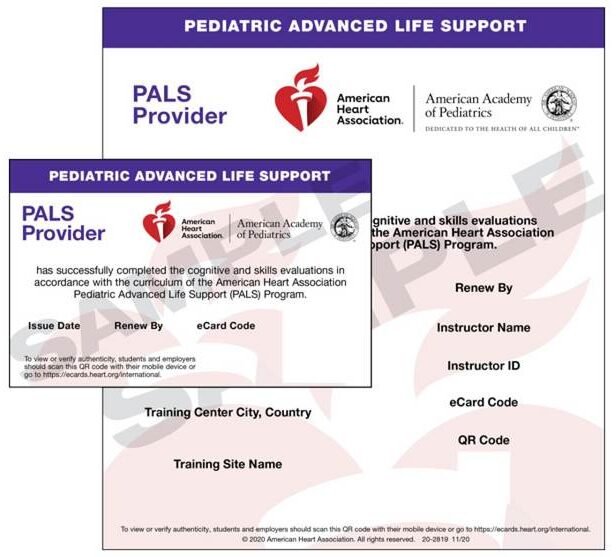If a doctor told you your loved one had experienced a heart attack rather than a cardiac arrest, would you feel relieved, or would your worry deepen? Do you really know the difference between the two?
Both are serious, but they’re not the same. Here’s the thing: A heart attack occurs when blood flow to part of your heart muscle is blocked, causing damage over time. Cardiac arrest, on the other hand, is when the heart suddenly stops beating altogether. It’s like the heart’s electrical system crashes, and the heart no longer pumps blood.
Understanding the difference could be the key to saving a life, whether it’s someone you love or even your own.
1. What is a Heart Attack ?
A heart attack, also called a myocardial infarction, happens when blood flow to a part of the heart muscle gets blocked, usually by a blood clot. This blockage stops oxygen-rich blood from reaching the heart, and without oxygen, the heart muscle starts to die. It’s a serious medical crisis, but the good news is that fast treatment can save lives and reduce damage. Your risk can be heightened by factors like age, lifestyle choices, including your diet and level of physical exercise, and existing medical conditions. Heart attacks are very common. According to the CDC, more than 800,000 people in the United States have a heart attack each year. Heart attack survival rates can be as high as 90-97%, especially when treated timely.
1a. Symptoms of a Heart Attack
When someone has a heart attack, they often feel a heavy, crushing pain or tightness in their chest. They might also experience shortness of breath, sweating, or pain that spreads to the arms, neck, or jaw. If you notice these signs, it’s important to act quickly and get medical help right away.
1b. Causes of a Heart Attack
A heart attack usually happens when a blockage cuts off blood flow to part of the heart muscle, often due to a buildup of fat, cholesterol, or plaque in the arteries. Sometimes, a sudden spasm (kind of cramp) of a coronary artery can also trigger it. Things like smoking, high blood pressure, and stress can increase your risk.
1c. Diagnosing a Heart Attack
Doctors identify a heart attack by conducting a physical examination and using an electrocardiogram (ECG/EKG) to assess the heart’s electrical activity. They may also ask for an echocardiogram or perform a cardiac catheterization to evaluate how well the heart is functioning. It’s also common to have a sample of your blood taken to check for signs of heart muscle damage.
1d. Medical Treatments of a Heart Attack
If you’ve had a heart attack, your doctor might recommend different treatments based on how serious it was, aiming to ease your pain, prevent future attacks, or both. These treatments could include placing a stent (tiny tube), performing angioplasty, heart bypass surgery, heart valve surgery, or inserting a pacemaker, or, in rare cases, doing a heart transplant. It’s also common for doctors to prescribe common heart medications like pain relievers, beta-blockers, or nitroglycerin to help recovery and reduce the risk of another heart attack.
2. What is Cardiac Arrest?
Cardiac arrest happens due to a malfunction of the heart’s electrical system, when the heart suddenly stops pumping blood effectively. It’s like your heart hits the pause button unexpectedly. Because the heart isn’t pumping, vital organs, especially the brain, don’t get the oxygen they need. This can happen suddenly and without warning, and it’s a life-threatening emergency. It is also known as sudden cardiac arrest (SCA). The leading cause of SCA is a dangerously abnormal heart rhythm known as ventricular fibrillation. If not treated right away with CPR or defibrillation, it can lead to death within minutes. That’s why quick action is so necessary whenever an individual shows signs of a cardiac arrest. According to AHA, more than 436,000 cardiac arrest deaths occur each year in the U.S.
2a. Symptoms of Cardiac Arrest
When someone’s having a cardiac arrest, they might suddenly collapse and lose consciousness. You’ll probably notice their face turning pale or blue, and they may still be breathing unusually or not at all. It’s a serious emergency, so acting quickly can make a difference.
2b. Causes of Cardiac Arrest
Cardiac arrest can happen for several reasons, but most often it’s caused by heart problems like a blocked artery or an irregular heartbeat. Sometimes, underlying conditions like heart disease, congenital (hereditary) disease, a previous heart attack, substance misuse, severe blood loss, or a sudden injury can also trigger it. In some cases, it might be due to electrical issues in the heart or even extreme physical stress.
2c. Diagnosing a Cardiac Arrest
Cardiac arrest means the heart has stopped beating, and without quick resuscitation, it can be fatal. If a doctor manages to restart your heart and restore blood flow, they’ll run diagnostic tests to find out what caused the arrest. These tests might include an echocardiogram, blood work, and a chest X-ray to check for any underlying heart conditions.
2d. Medical Treatments of a Cardiac Arrest
If someone experiences a cardiac arrest, a doctor will generally start by providing immediate CPR to keep blood flowing and may use an AED to deliver an electric shock if needed. Once emergency services arrive, they might administer medications or advanced airway procedures in the hospital, such as intubation and adrenaline, to restore normal heart rhythm. The goal is to quickly restart the heart and address the underlying cause to prevent further damage.
Also, Read: The Ultimate CPR Playlist: Songs to Help You Stay on Beat
3. Key Differences Between Heart Attack and Cardiac Arrest
Here’s a table highlighting the key differences between a heart attack and a cardiac arrest:
| Aspect | Heart Attack | Cardiac Arrest |
| Nature of the condition | Blockage in coronary arteries | Abnormal heart rhythm |
| Symptoms comparison | Chest pain, shortness of breath, sweating, nausea | Collapse, loss of consciousness, no pulse |
| Effect on the heart | Damages the heart muscle due to a lack of blood flow | Stops the heart from pumping blood altogether |
4. Similarities and Overlaps of Heart Attack and Cardiac Arrest
Heart attacks and cardiac arrests are related but different events, and they do overlap in some ways. Here are some clear points about the similarities and overlaps between a heart attack and cardiac arrest.
4a. Similarities:
- Both are serious heart emergencies that need immediate attention.
- Symptoms like chest pain and shortness of breath can be seen in both situations.
- Both can be life-threatening if not treated promptly, so quick action is necessary.
- They often happen without warning, especially in people with underlying heart issues.
4b. Overlap:
- Arrhythmias: Certain heart disorders, like arrhythmias (irregular heartbeats), can raise the risk of having both a heart attack and going into cardiac arrest.
- Blood clots: When a blood clot blocks an artery, it can trigger a heart attack. But that same clot might also disrupt the heart’s electrical signals, which can lead to cardiac arrest.
- Sudden cardiac death: Sudden cardiac death usually means the heart suddenly stops beating. It’s technically different but often refers to cases of cardiac arrest, especially when someone doesn’t get help fast enough.
5. Emergency Response
5a. What to do if someone shows signs of a heart attack ?
If you think someone might be having a heart attack, call 911 or your local emergency number right away. Don’t wait to get medical help; immediate treatment is essential for survival and reducing the risk of lasting heart damage. While waiting for emergency responders, help the person sit down and relax, and loosen any tight clothing.
5b. What to do if someone collapses during a cardiac arrest ?
If someone suddenly collapses and you suspect cardiac arrest, act quickly. Call emergency services right away, then start CPR. If you’re qualified, give both chest compressions and rescue breaths; if not, provide hands-only CPR with continuous chest compressions. If an AED is nearby, use it as instructed by the device.
5c. Importance of immediate action and calling emergency services
Taking immediate action and calling emergency services during a heart attack or cardiac arrest can make the difference between life and death. Every second counts because the heart is either struggling or has completely stopped beating, and the longer the delay, the more damage occurs, especially to the brain. When you call emergency services right away, trained professionals can guide you through what to do while help is on the way, and they’ll arrive equipped to provide advanced care. Don’t stay to see if the signs pass or try to handle it alone. Acting fast and getting help quickly gives the person the best possible chance of survival and recovery.
6. Prevention and Risk Factors
Preventing heart attacks and cardiac arrest starts with making smart lifestyle choices and staying on top of your health. Simple habits like eating a balanced diet, staying active, quitting smoking, and managing stress can go a long way in keeping your heart healthy. Regular checkups and screenings are also key; you might feel fine, but things like high blood pressure or high cholesterol can sneak up on you without any obvious symptoms. By catching these issues early, you can work with your doctor to manage them before they turn into bigger problems. Taking care of your body now can make a big difference in preventing heart-related emergencies later.
7. What can someone expect in terms of recovery from a heart attack vs. cardiac arrest?
Recovering from a heart attack and recovering from cardiac arrest are two very different journeys.
After a heart attack, most people can expect to spend a few days in the hospital, followed by weeks or months of cardiac rehab, lifestyle changes, and medication to help the heart heal and prevent future issues. The heart muscle might be damaged, but with the right care, many people go on to live full, active lives.
Cardiac arrest, on the other hand, is much more serious; it means the heart has stopped beating, and survival often depends on how quickly CPR or defibrillation is given. Even if someone survives, recovery can be longer and more complicated, especially if the brain was without oxygen for too long. Some people bounce back well, while others may face long-term physical or cognitive (mental) challenges. Either way, support from healthcare providers, loved ones, and rehab services plays a huge role in the healing process.
Understanding & Acting Swiftly to Both Heart Emergencies is Crucial
Knowing the difference between a heart attack and cardiac arrest could save a life. While both are major heart emergencies, they’re not the same, and understanding how they happen, what the warning signs look like, and how to respond can make all the difference. A heart attack is a circulation issue, while cardiac arrest is an electrical problem that stops the heart cold. One might give you some time to react, while the other needs immediate CPR and defibrillation to even have a chance. But here’s the bottom line: no matter which one it is, fast action is critical. The more you know, the better prepared you’ll be to help someone in crisis, or even protect your own heart.
Bayside CPR simplifies the process of obtaining important certifications such as ACLS, BLS, PALS, and CPR & First Aid. Our practical, hands-on classes are crafted to give you the critical skills needed to respond confidently in emergencies. Whether you want to advance your career or simply be ready to assist others, we’re here to support you throughout your learning journey. Take the next step in your professional growth with our all-inclusive training programs!
